By Al Hemingway
When British military historian and strategist B.H. Liddell Hart interviewed high-ranking German Army officers after the World War II had ended, almost to the man they agreed that one individual stood head and shoulders above everyone else—Field Marshal Erich Von Manstein. Sadly, most of von Manstein’s military accomplishments took place on the Eastern Front, while battling Soviet forces, and have been sorely neglected by historians.
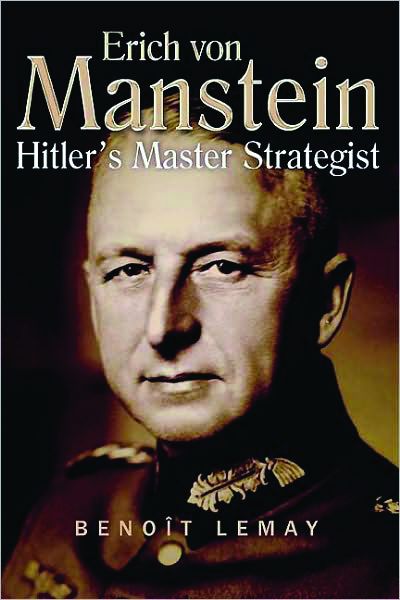 In his new book, Erich Von Manstein: Hitler’s Master Strategist (Casemate Publishers, Philadelphia, 2010, 528 pp., notes, index, photos, $32.95, hardcover), author Benoit Lemay successfully creates the image of a three-dimensional figure who, although brilliant on the battlefield, also had his flaws, especially when it came to politics. Lemay goes into great detail on Manstein’s trial after the war, when he was accused of cooperating with the SS and committing war crimes. Whether he was guilty or innocent is an argument that continues to this day.
In his new book, Erich Von Manstein: Hitler’s Master Strategist (Casemate Publishers, Philadelphia, 2010, 528 pp., notes, index, photos, $32.95, hardcover), author Benoit Lemay successfully creates the image of a three-dimensional figure who, although brilliant on the battlefield, also had his flaws, especially when it came to politics. Lemay goes into great detail on Manstein’s trial after the war, when he was accused of cooperating with the SS and committing war crimes. Whether he was guilty or innocent is an argument that continues to this day.
Von Manstein was born Erich von Lewinski in 1887. Since he was the tenth child in that family, he was adopted by his mother’s younger sister, who had married Lieutenant General Georg von Manstein, because they could not have children. Both von Manstein’s biological father and his adoptive one were Prussian officers. He was destined to lead a military life and graduated from the Prussian War Academy just prior to the outbreak of World War I.
As a young lieutenant, von Manstein served on both the Western and Eastern Fronts in the Great War. In November 1914, he was wounded, and later promoted to captain. After the German defeat, he remained in the Army and assisted in the creation of a new military. He was appointed a battalion commander in 1922 and promoted to major.
With the meteoric rise of Adolf Hitler in 1933, von Manstein’s role in military matters also rose. As the head of the operations branch of the Army General Staff, he developed a self-propelled assault gun for the infantry. Many consider this one of the most innovative military inventions of the period.
However, it was also during this time that von Manstein clashed with his superiors, especially General Ludwig Beck, chief of the general staff, dealing with the political views of the Nazi Party and its growing influence within the Army. He believed that the military should undertake the planning and actions to achieve Hitler’s aims but remain neutral in political affairs.
When war erupted on September 1, 1939, von Manstein was chief of staff of Army Group South. It was his aggressive actions that encircled the Polish Army and contributed to its eventual surrender less than a month later. He then formed what would come to be known as the Manstein Plan, which called for a rapid drive into the Ardennes Forest, to the Meuse River, to finally arrive at the English Channel, cutting off great numbers of Allied troops in the West. A second phase would have the German Army circumvent the Maginot Line. Hitler liked the plan but eliminated the second push and proceeded with the invasion of France. During the operation, von Manstein was awarded a Knight’s Cross of the Iron Cross and promoted to full general.
It was on the Eastern Front where von Manstein really shined. When Sevastopol finally fell, his 11th Army fought a series of pitched battles against Soviet forces. Although outnumbered, his group managed to cleverly outmaneuver the Soviets. His army group participated at the bloody battles of Stalingrad, Leningrad, Kharkov, and Kursk.
Throughout the campaign on the Russian Front, von Manstein publicly disagreed with Hitler on strategy. It would be a scene that has been repeated very often in history, when politicians attempt to intercede and fight a war, ignoring the advice of military professionals. As in most cases, von Manstein lost his plea, was relieved of command in March 1944, and went into retirement.
After the war, the Soviets wanted von Manstein extradited to be put on trial for war crimes committed against their people. Instead, his trial was held by the British in 1949 with many prominent British leaders, including Field Marshal Bernard Montgomery, coming to his defense. Although he was cleared of most of the charges, he was found guilty of several others. He was sentenced to 12 years in prison but was released in 1953, after serving just four.
Historians today argue that von Manstein must have known about atrocities being committed in his territory and about the infamous concentration camps. No one who reaches such high rank could have been oblivious. He was a brilliant tactician, but a “lame politician,” some claim.
“In this case, Field Marshal Manstein most likely erred out of naiveté by not entirely grasping the implications of his actions,” writes Lemay, “which is to say the consequences of his key military role in favor of the National Socialist regime, and by becoming, without truly wanting to admit it, an obedient instrument in a criminal enterprise.”
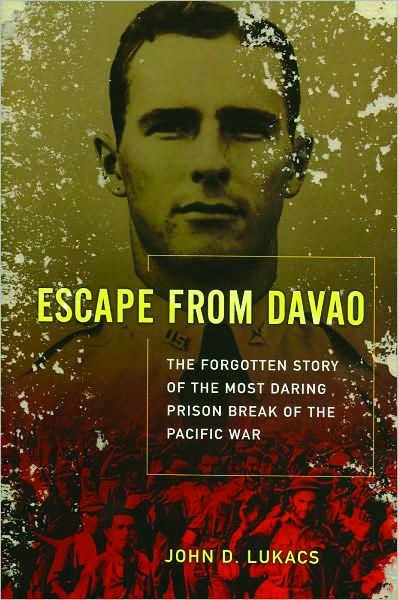 Escape from Davao: The Forgotten Story of the Most Daring Prison Break of the Pacific War, by John D. Lukacs, Simon & Schuster, New York, 2010, 464 pp., index, notes, photos, maps, $27.99, hardcover.
Escape from Davao: The Forgotten Story of the Most Daring Prison Break of the Pacific War, by John D. Lukacs, Simon & Schuster, New York, 2010, 464 pp., index, notes, photos, maps, $27.99, hardcover.
Here is a gripping account of the only prison camp breakout made by Americans in the Pacific Theater during World War II. Ten U.S. service personnel and two Filipino convicts engineered their escape from the infamous Davao Penal Colony, located about 10 miles northwest of the port city of Davao on the island of Mindanao.
One of the Americans who masterminded their flight to freedom was William Edwin “Ed” Dyess, a Texas-born fighter pilot. After flight training at Kelly and Randolph Fields, he was commissioned a lieutenant in the U.S. Army Air Corps. He was sent to command the 21st Pursuit Squadron in California, and was then shipped to the Philippines in the fall of 1941, where the unit was stationed at Nichols Field, in Manila.
When the Japanese attacked the Philippine Islands and the Americans surrendered in April 1942, Dyess endured the 85-mile Bataan Death March. He witnessed firsthand the horrific atrocities the Japanese inflicted upon defenseless soldiers, sailors, and Marines during their arduous trek. After several months at Camp O’Donnell, they were sent to Davao in early November 1942.
On April 4, 1943, the dozen prisoners made good their escape and avoided capture, linking up with guerrilla forces. For several months, the group fought alongside the indigenous troops, until Dyess and two others were extracted from the area by submarine in July 1943.
While recuperating in West Virginia, Dyess spoke with Charles Leavelle, a reporter from the Chicago Tribune, to tell the American people of the brutal treatment Allied prisoners were receiving at the hands of their Japanese captors. Government officials, however, would not allow the story to be printed for fear that it would anger the Japanese and that they would deny the delivery of American Red Cross relief packages to the POWs in retaliation.
After his recovery, Dyess was promoted to lieutenant colonel and assigned to fly the Lockheed P-38 Lightning fighter. Sadly, just before Christmas 1943, the Texan was killed in an airplane crash in Burbank, California, as he attempted to land his burning aircraft in a vacant lot to avoid harming innocent civilians. Ironically, a short time after his death his account of what he and the others endured while captives was finally released.
Dyess was awarded two Distinguished Service Crosses for his heroism while in the Philippines and the Soldiers Medal posthumously for his actions while trying to land his plane. In his honor, Abilene Army Airfield was renamed Dyess Air Force Base. Here was a truly remarkable man—with a truly remarkable story.
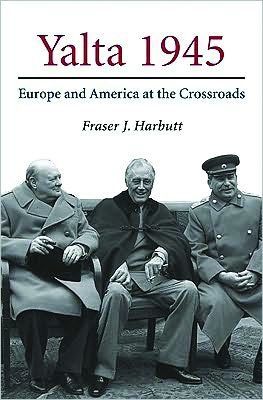 Yalta 1945: Europe and America at the Crossroads, by Fraser J. Harbutt, Cambridge University Press, Cambridge, United Kingdom, 2010, 442 pp., notes, bibliography, $36, hardcover.
Yalta 1945: Europe and America at the Crossroads, by Fraser J. Harbutt, Cambridge University Press, Cambridge, United Kingdom, 2010, 442 pp., notes, bibliography, $36, hardcover.
Much controversy still surrounds the Yalta Conference held in February 1945 by the Big Three—U.S. President Franklin D. Roosevelt, British Prime Minister Winston Churchill, and Soviet Premier Josef Stalin. The trio met to discuss what would become of postwar Europe, now that the Allied forces were on the cusp of capturing Berlin and defeating Nazi Germany.
To this day, numerous historians steadfastly believe that Franklin Roosevelt sold out to Stalin. However, historian Fraser Harbutt has taken a fresh look at what transpired at the talks and how they affected world politics.
From this conference, the U.S. and the Soviet Union emerged as the preeminent world powers. Great Britain wanted desperately to return to her status prior to the conflict, but with an economy in tatters and an illustrious empire crumbling, the British realized that they were no longer the influential force they had been in world politics.
The distrust and bickering at Yalta marked a real beginning to the Cold War, which spanned half a century and heightened world tension during the Nuclear Age.
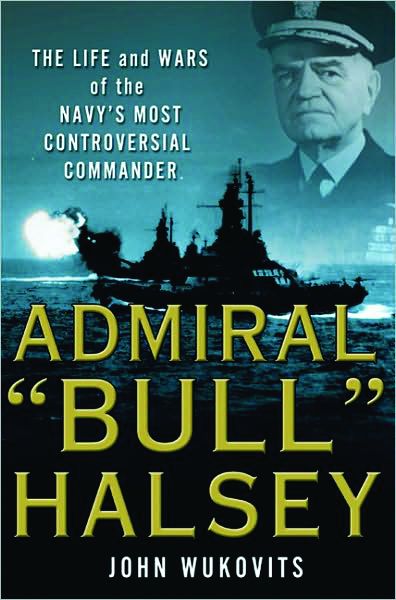 Admiral “Bull” Halsey: The Life and Wars of the Navy’s Most Controversial Commander, by John Wukovits, Palgrave Macmillan, New York, 2010, 304 pp., notes, index, $27.00, hardcover.
Admiral “Bull” Halsey: The Life and Wars of the Navy’s Most Controversial Commander, by John Wukovits, Palgrave Macmillan, New York, 2010, 304 pp., notes, index, $27.00, hardcover.
Military historian John Wukovits has penned a wonderful book focusing on the career and exploits of Admiral William F. “Bull” Halsey. Halsey’s exploits during the dark, early days of World War II in the Pacific, where he outfought and outmaneuvered the Japanese, are the stuff of legends. Unfortunately, it would be his action at the Battle of Leyte Gulf that would spark much controversy, especially after the war had ended.
Blunt, outspoken, and a fighter, Halsey took the reins of command in the South Pacific from his old Naval Academy friend Robert Ghormley and immediately set to work to shore up the battle-weary Marines on the island of Guadalcanal with added naval support.
“This won’t be another Bataan,” he exclaimed to everyone under his command. Maj. Gen. Alexander A. Vandegrift, 1st Marine Division commander on Guadalcanal, called Halsey a “breath of fresh air” when he learned that he had taken command.
As the Allied offensive began to pick up steam in the Pacific and the island-hopping campaigns began to reap benefits, Halsey went on the offensive. It was his actions at Leyte Gulf that historians discuss in great detail. He took Task Force 34 and steamed northward after Japanese Admiral Jisaburo Ozawa’s fleet, leaving Vice Admiral Thomas Kinkaid’s 7th Fleet without support.
The argument heated up after the war, when Ozawa told interrogators that his ships were bait to lure Halsey away from San Bernardino Strait. When Halsey’s book was criticized by a reviewer about his lack of judgment during the battle, he again went on the offensive, in true Halsey fashion. Kinkaid broke his silence after one of Halsey’s articles appeared in the Saturday Evening Post and essentially placed the blame on Halsey for allowing Kinkaid’s escort carriers to be trapped. It was not until Halsey’s former chief of staff, Robert Carney, persuaded him to back down that the arguing between the Navy top brass finally ceased.
Despite the Leyte Gulf debacle, Halsey still deserves an esteemed place in U.S. naval history. His aggressiveness and fighting spirit were sorely needed during those early, uncertain months after Pearl Harbor.
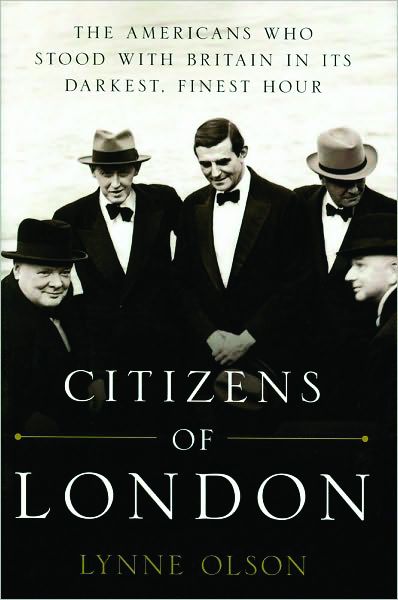 Citizens of London: The Americans Who Stood with Britain in its Finest Hour, by Lynne Olson, Random House, New York, 2010, 471 pp., index, notes, photos, $28.00, hardcover.
Citizens of London: The Americans Who Stood with Britain in its Finest Hour, by Lynne Olson, Random House, New York, 2010, 471 pp., index, notes, photos, $28.00, hardcover.
No two countries were so alike yet so different as the United States and Great Britain at the onset of World War II. Although the Yanks had wrestled their independence from their British rulers some 160 years earlier, many Americans felt a kinship with the island nation, especially when England went to war in 1939.
Olson’s story concentrates on a handful of Americans who traveled to that war-torn country and gave their support during what Prime Minister Winston Churchill called “their finest hour.” She concentrates on the events that were transpiring in London as the setting for her book and focuses on three key individuals who were instrumental in persuading not only President Franklin Roosevelt, but also the American people, that Britain should be saved from Nazi tyranny. If not, Hitler’s juggernaut would soon reach U.S. shores.
The reports by correspondents such as Edward R. Murrow concerning the London Blitz and the courageous efforts of the Royal Air Force pilots to defeat the Luftwaffe during the Battle of Britain kept U.S. citizens riveted to their radios. The all-important Lend-Lease Program was headed up by Averell Harriman, an influential businessman who went on to have a distinguished career in politics after the war. Lastly, there was the little-known ambassador to Great Britain, John Gilbert Winant, who played an important role to end American isolationism and assist England during those dark days of 1940-1941.
This is a brilliant book about the creation of a much-needed but fragile alliance to help rid the world of a maniacal despot. It concentrates on three Americans, whose efforts made it all possible.
 War Beneath the Waves: A True Story of Courage and Leadership Aboard a World War II Submarine, by Don Keith, Caliber Books, New York, 2010, 295 pp., notes, index, $24.95, hardcover.
War Beneath the Waves: A True Story of Courage and Leadership Aboard a World War II Submarine, by Don Keith, Caliber Books, New York, 2010, 295 pp., notes, index, $24.95, hardcover.
When men in combat are faced with extraordinary circumstances, some rise to the occasion, performing incredible deeds. Sadly, many of these individuals are forgotten and their bravery neglected.
Such a man was Charlie Rush. As a young officer aboard the USS Billfish (SS-286), a submarine commissioned in 1943, he took command of the vessel while it was under a horrific depth-charge attack.
While on combat patrol in the Makassar Strait near Borneo, the Billfish was spotted by Japanese warships. As a diving officer, Charlie ordered the sub to dive, and for the next 15 hours the crew endured horrendous depth-charge explosions that rocked the vessel. When the captain and the other senior officers were injured or sick, he took charge and ordered the severely leaking boat to dive an additional 250 feet below her test depth.
Leaking oil from the fuel tanks left a clear trail for the enemy to track the Billfish. Realizing this, Rush had the sub go in reverse along the same course to fool the Japanese, using the oil slick as a cover to make good the submarine’s escape. While all of this was transpiring, Chief Electrician’s Mate John D. Rendernick was frantically repairing the engine and one of the torpedo tubes so the vessel could make it back to Pearl Harbor for repairs. For their remarkable actions, Rush was finally presented with a Navy Cross in 2002 and Rendernick was awarded a Silver Star posthumously.
“Without courage, you might as well not be in it,” said Rush. “You’ve got to have courage—moral courage, physical courage—and honor. Honor means telling the truth even when it might not be to your advantage.”
Short Bursts
 Spectator in Hell: A British Soldier’s Imprisonment in Auschwitz, by Colin Rushton, Pelican Publishing Company, Gretna, LA, 2010, 272 pp., $15, softcover.
Spectator in Hell: A British Soldier’s Imprisonment in Auschwitz, by Colin Rushton, Pelican Publishing Company, Gretna, LA, 2010, 272 pp., $15, softcover.
Here is a fascinating story of a lesser-known fact of the infamous death camp at Auschwitz. Not only did it contain Jews, Soviets, Poles, and other inmates slated to be murdered in the infamous gas chambers, but the camp also included a sector that housed British POWs.
One such British prisoner was Private Arthur Dodd, a member of a supply unit, who had been captured while serving in the North African campaign. He was shipped to various prison camps until his internment at Auschwitz. Dodd and other British prisoners were witnesses to the horrendous atrocities committed by the fanatical SS to eliminate the Jewish population.
Dodd himself endured a brutal beating at the hands of the SS guards. Amazingly, they spared his life. He was liberated by U.S. forces and returned to England only to be shunned by his domineering stepmother and weak-minded father. He overcame his depression to marry and survive the nightmares that had persisted since the war ended.
When he returned to Auschwitz years later, he recalled where each building was situated, although many of the structures were now gone or had been overgrown by weeds. One thing that totally amazed him was the number of swallows that circled above the camp. There had been none during his incarceration from 1943 to 1945. To Dodd, the birds were symbols of victory. As the author states, “Good had triumphed over evil.”
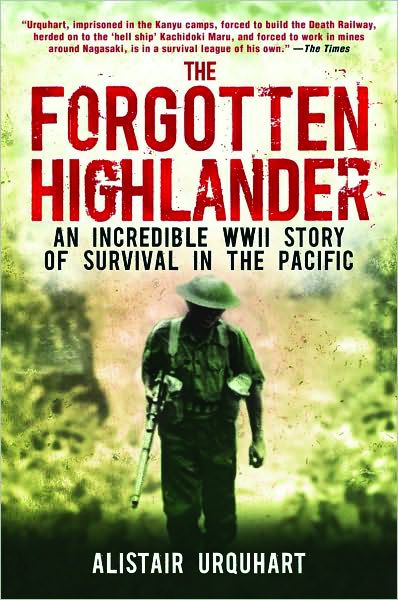 The Forgotten Highlander: My Unbelievable True Story of Survival, by Alistar Urquhart, Skyhorse Publishing, New York, 2010, 336 pp., index, photos, $24.95, hardcover.
The Forgotten Highlander: My Unbelievable True Story of Survival, by Alistar Urquhart, Skyhorse Publishing, New York, 2010, 336 pp., index, photos, $24.95, hardcover.
Here is another truly incredible tale of one man’s incarceration by the Japanese, surviving three and a half years as a “guest of the emperor.” When Singapore fell in February 1942, Alistar Urquhart was a member of the Gordon Highlanders of the British Army. After almost two years of laboring as a slave on the infamous “Death Railway” that spanned the River Kwai in Thailand, he was transported by ship to Japan.
Unfortunately, Urquhart’s vessel was sunk by an American submarine, and after escaping certain death he was afloat on the South China Sea for nearly a week. He was rescued, not by Allied forces but by the enemy, and sent to Nagasaki, where he toiled in a mine for another year. Amazingly, the former British soldier was just 10 miles from where the second atomic bomb was dropped.
After all these harrowing ordeals, Urquhart developed a sense of inner peace. He learned patience, which was extremely beneficial when his wife and daughter were very ill and required constant care. A very inspirational book—written by a very remarkable individual.
 Books as Weapons: Propaganda, Publishing, and the Battle for Global Markets in the Era of World War II, by John B. Hench, Cornell University Press, Ithaca, NY, 2010, 264 pp., notes, bibliography, $35.00, hardcover.
Books as Weapons: Propaganda, Publishing, and the Battle for Global Markets in the Era of World War II, by John B. Hench, Cornell University Press, Ithaca, NY, 2010, 264 pp., notes, bibliography, $35.00, hardcover.
The written word can be a powerful weapon—as controlling as any rifle, howitzer, or bomber. No one knew this better than Joseph Goebbels, propaganda minister for Adolf Hitler, who used words, books, pamphlets, etc., to convince an entire country that the 1,000-year Reich was on the path of glory and was unbeatable.
The U.S. government also realized the importance that books played in persuading the Europeans that the Allies were the good guys, and not Hitler’s regime. General Dwight D. Eisenhower’s psychological unit immediately went to work after the D-Day invasion to distribute written material that highlighted the virtues of the American way of life. Not to be outdone, the Soviets soon grasped the importance of the propaganda arm of their government and promoted their agenda.
President Franklin D. Roosevelt understood the pivotal role they played in winning the conflict, when he stated: “In this war, we know, books are weapons.”
Hench provides a glimpse of the role propaganda and the powerful written word played in winning the hearts and minds of the people of Europe.
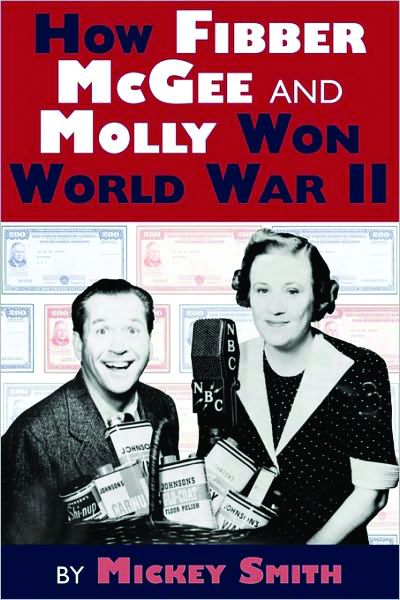 How Fibber McGee and Molly Won World War II, by Mickey Smith, BearManor Media, Albany, GA, 2010, 267 pp., index, bibliography, $21.95, softcover.
How Fibber McGee and Molly Won World War II, by Mickey Smith, BearManor Media, Albany, GA, 2010, 267 pp., index, bibliography, $21.95, softcover.
During World War II, millions of Americans sat by their radios and listened to the progress of the Allied advances in Europe and the Pacific.
Fibber McGee and Molly, aka Jim and Marian Jordan, went above and beyond during the war years. Of the dozens of shows they did from 1941 to 1945, every single one had a war-based theme. Everything from planting victory gardens to donating to the local scrap metal drive was mentioned on their radio program.
The author has written a synopsis of every show and its reference to the war. Fibber McGee and Molly did their utmost to entertain the American public—and helped win the war in the process. n
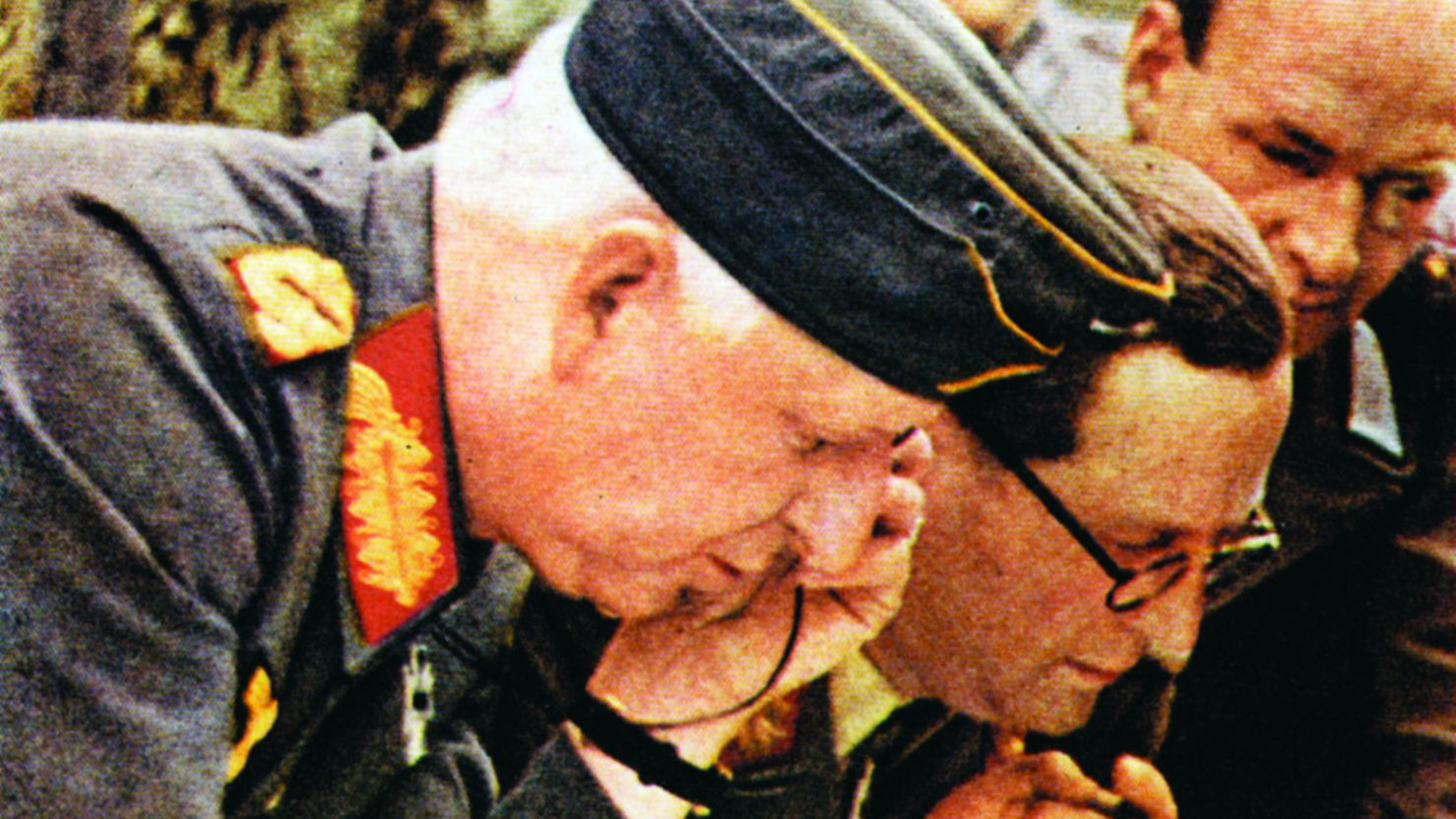
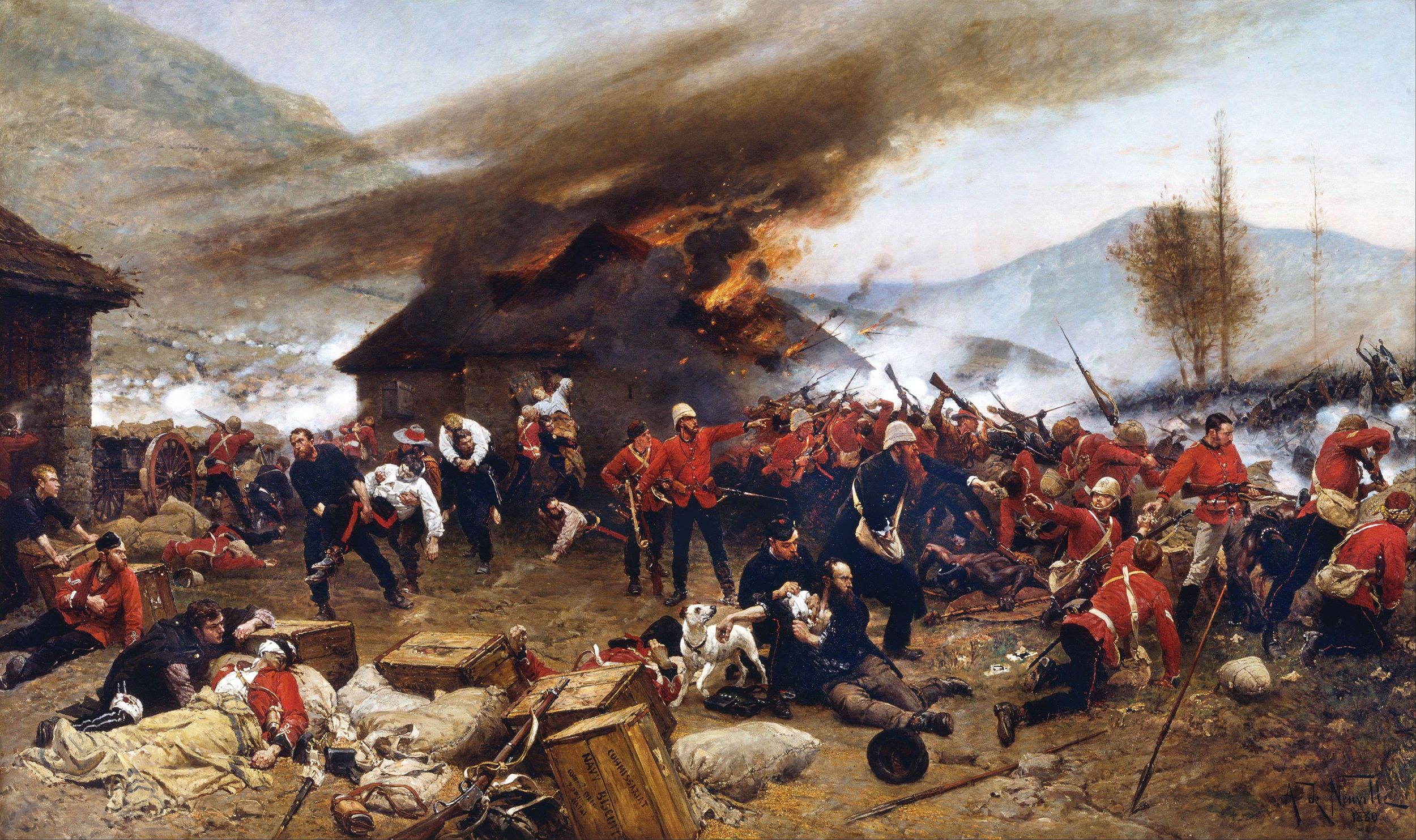
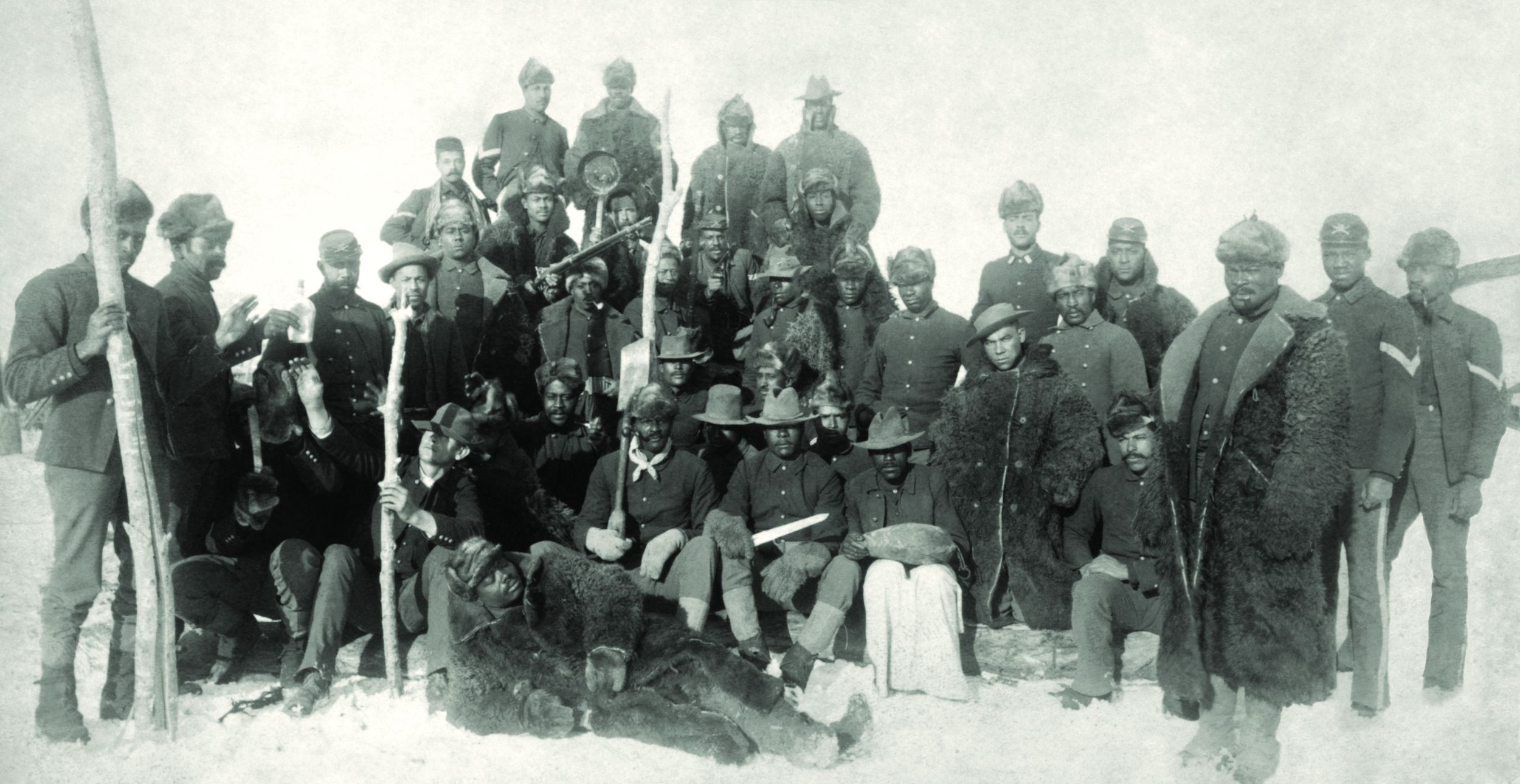
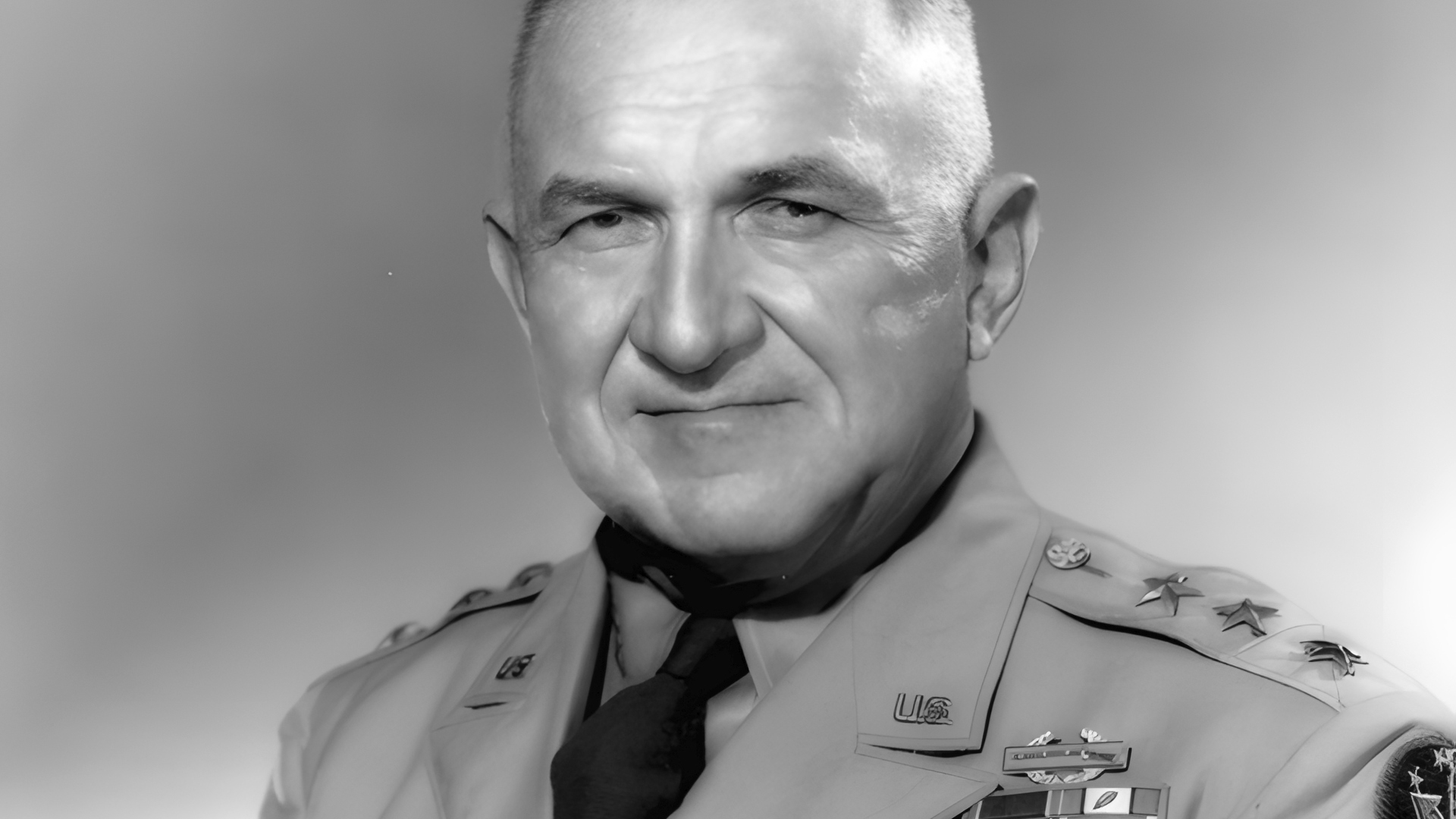
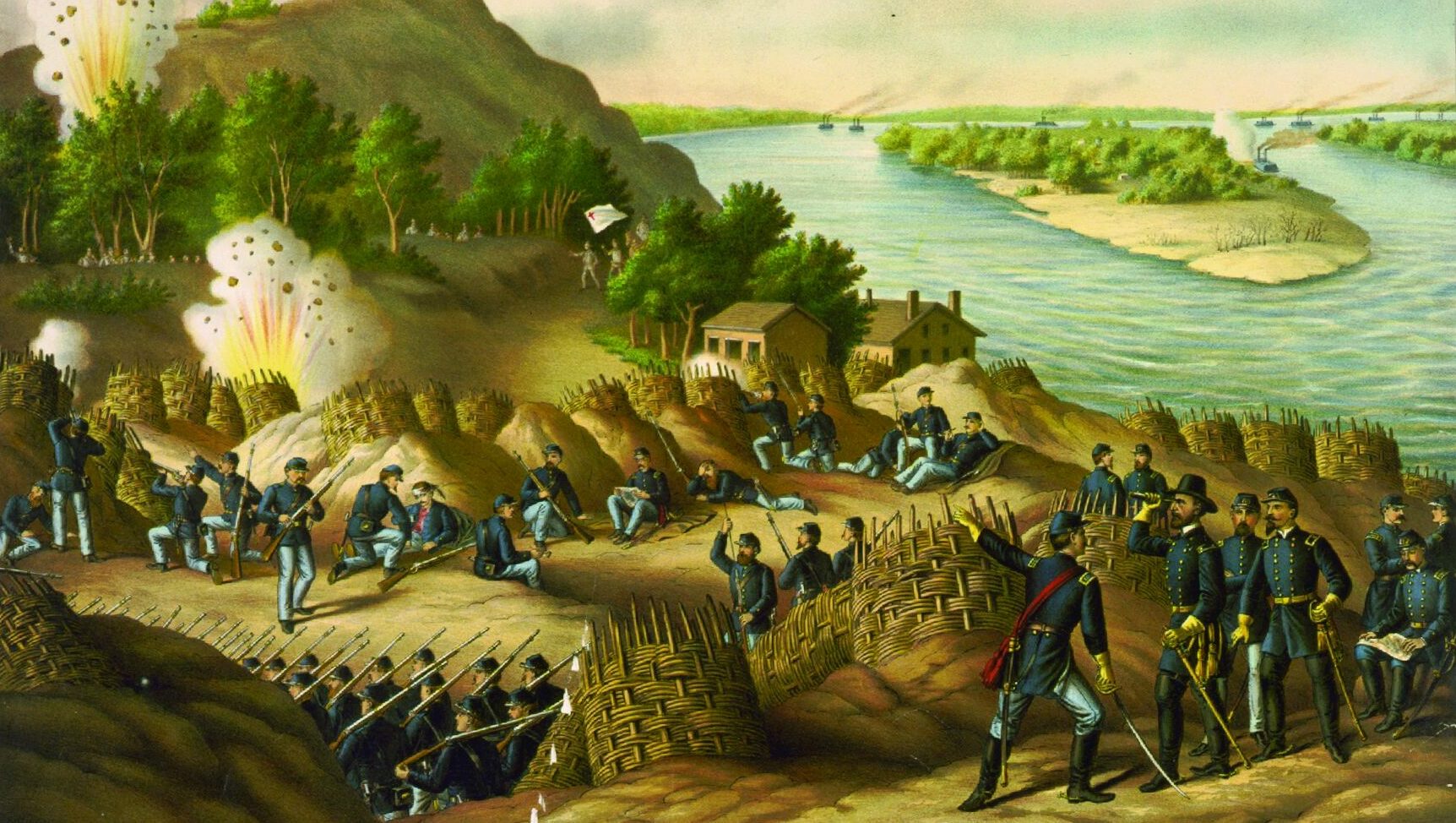
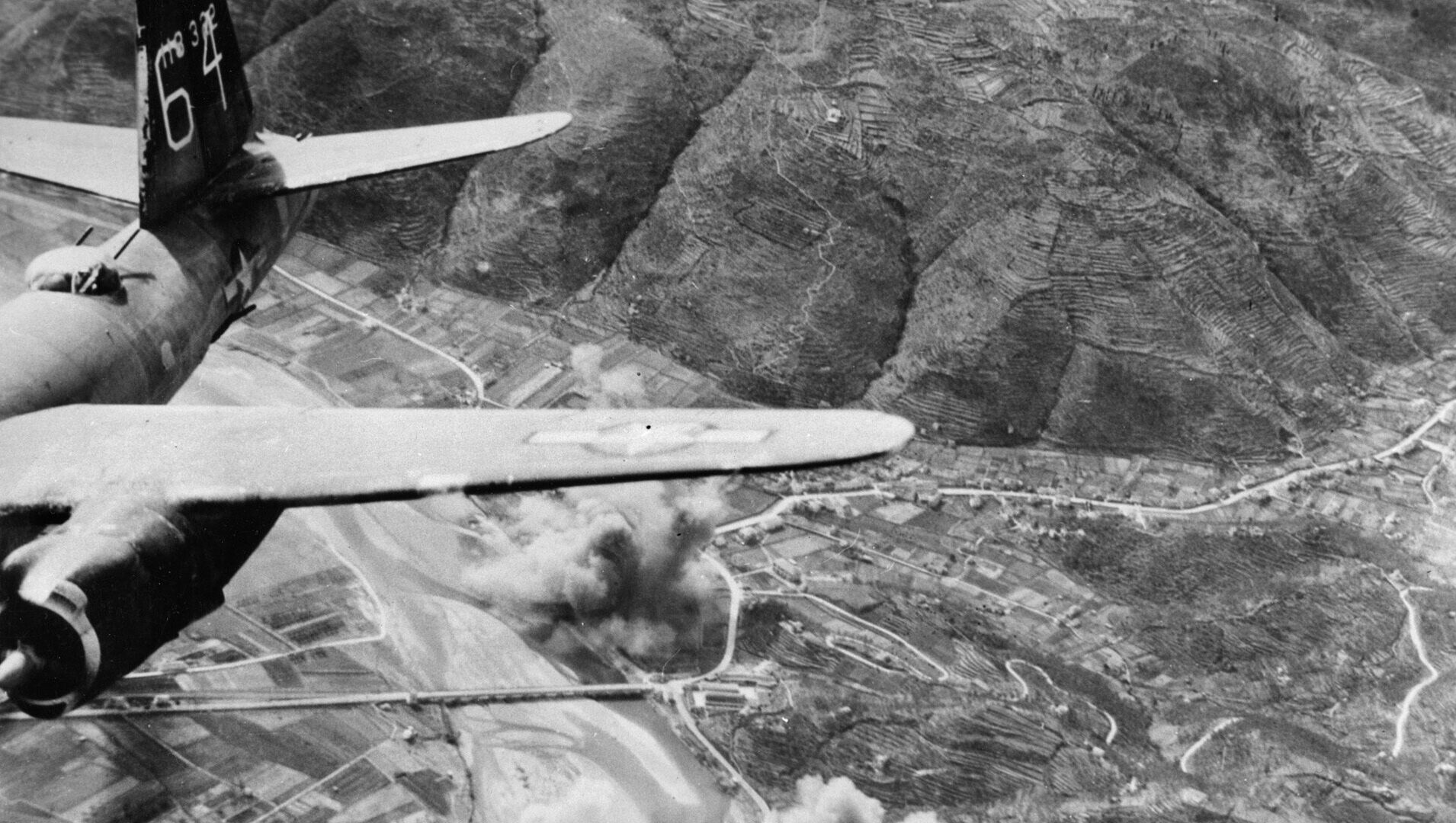
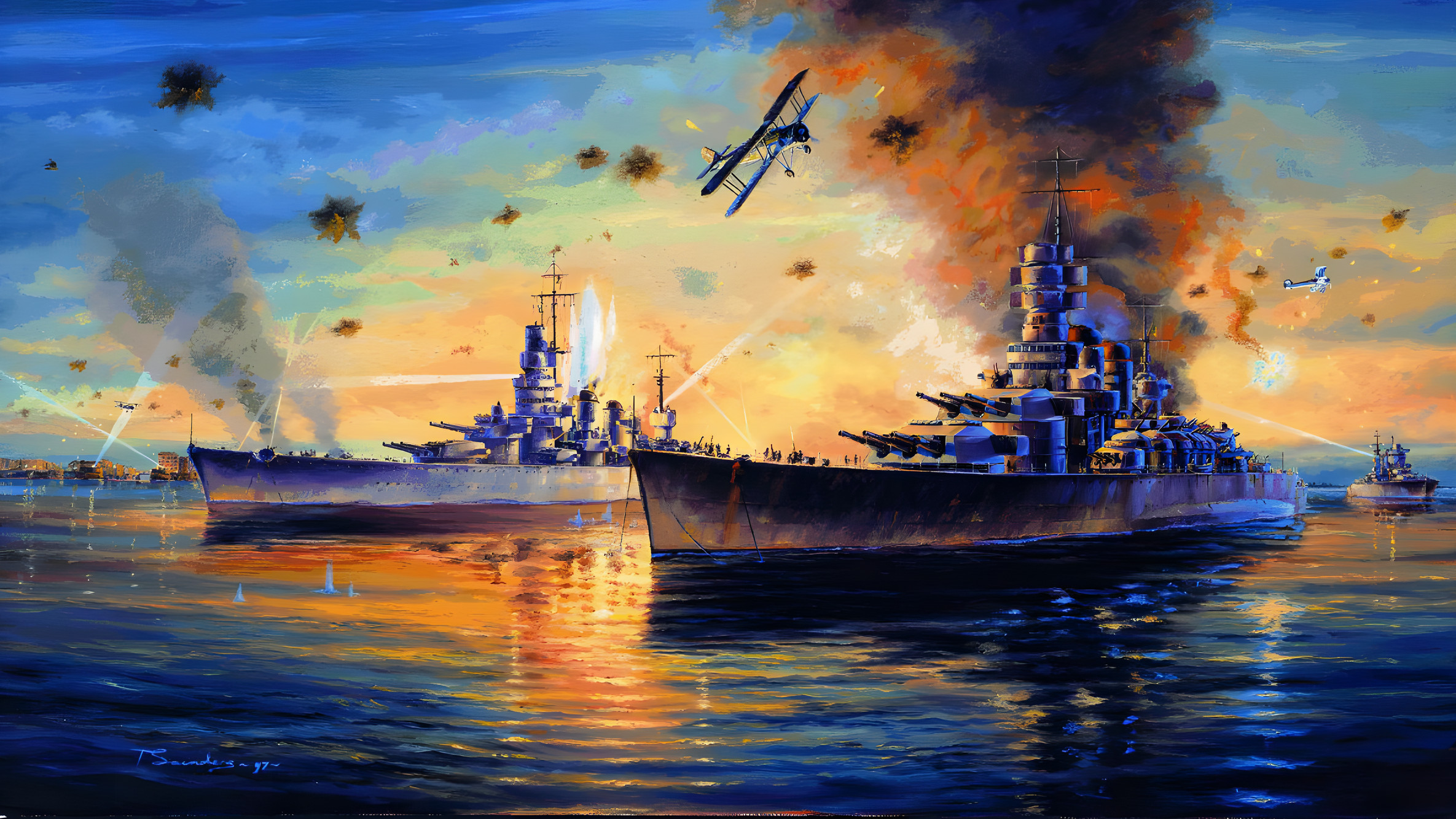
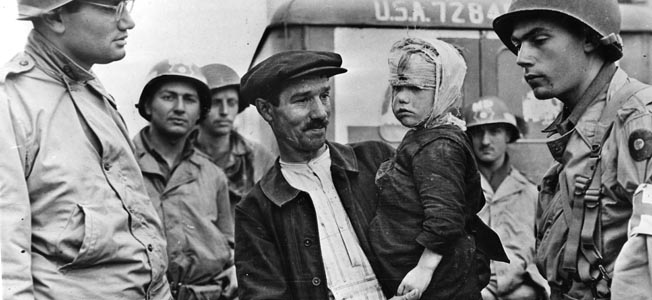
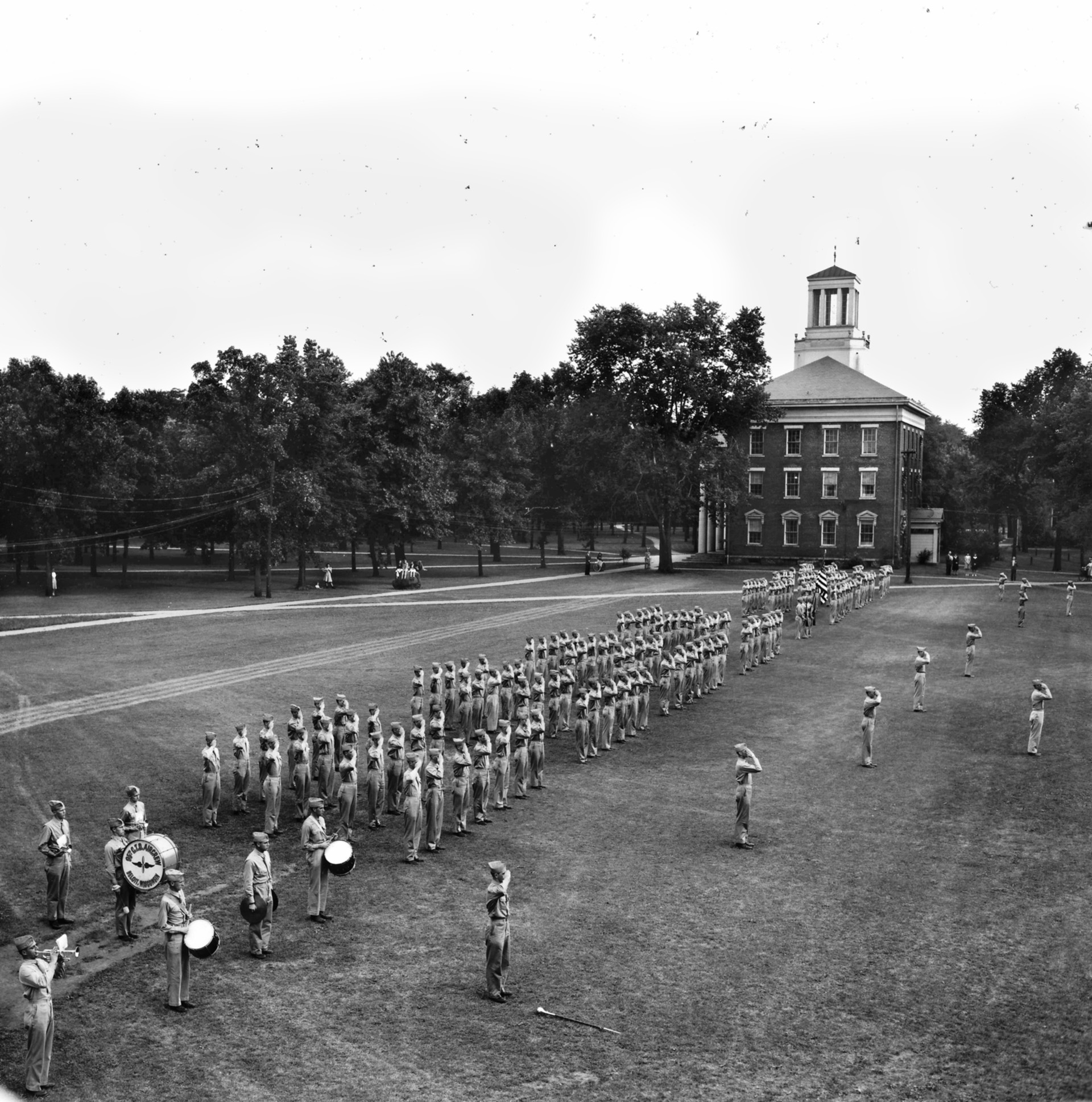
Join The Conversation
Comments
View All Comments